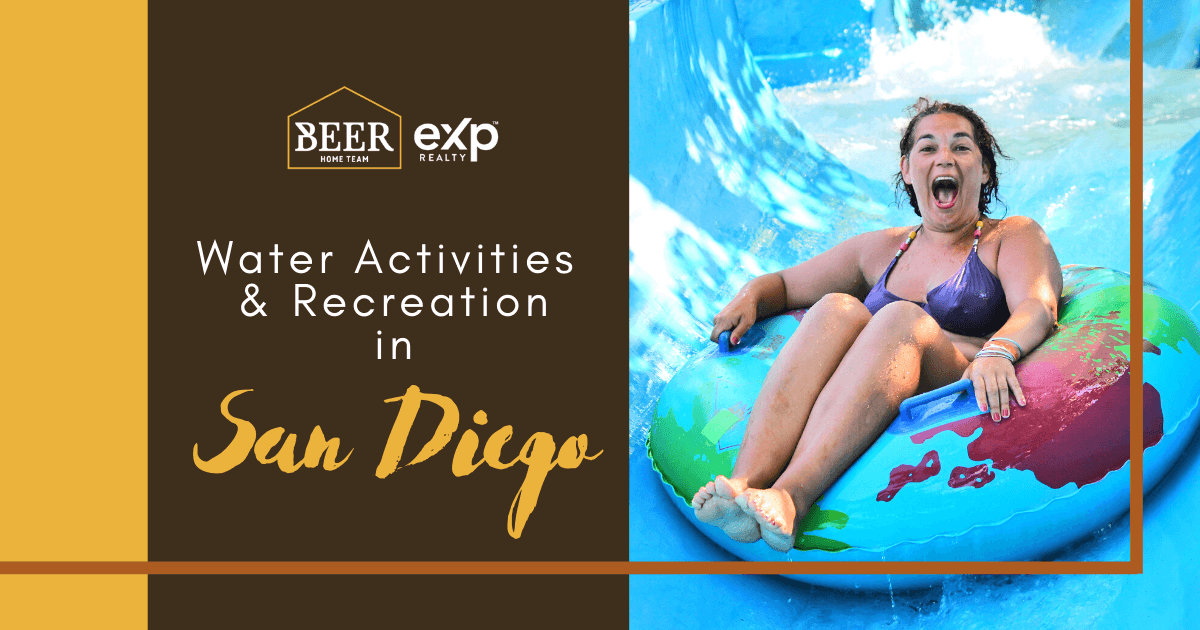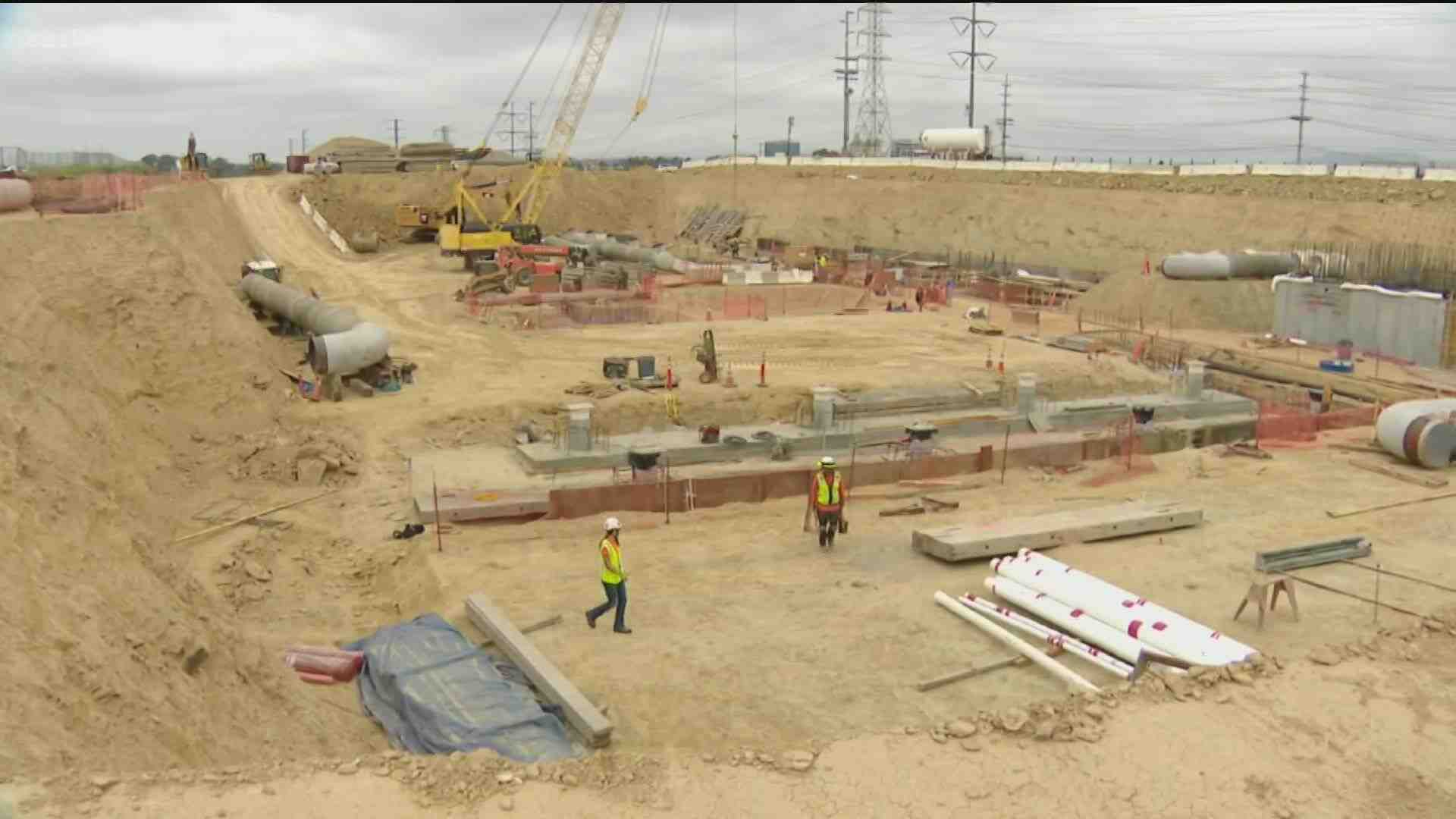How clean is the ocean in San Diego?

SAN DIEGO – Some beaches in San Diego are among the cleanest in the state, according to a report on water quality by an environmental group from Southern California. Each year, Heal the Bay publishes its Honor Roll and the infamous “Beach Bummers” list, which ranks the levels of bacteria found in water on beaches across the country.
What is the cleanest beach in San Diego? Heal the Bay Report: Some of the cleanest beaches in California are located in San Diego County. For 2018-19, La Jolla Shores and beaches in Oceanside, Carlsbad, Solana Beach, Cardiff and Encinitas have given Heal the Bay’s Honor Roll – meaning A ratings.
Is the ocean water clear in San Diego?
San Diego County Located at the foot of sandstone cliffs, the clear blue waters of the beach offer visibility of up to 30 feet, providing opportunities for diving and scuba diving. In fact, visitors can rent diving equipment just a few blocks from the beach. A small surf on the beach also offers calm bathing water.
What beach in California has the clearest water?
La Jolla Cove Beach has the bluest waters in Southern California. Thank you!
Can you swim in ocean in San Diego?
Can I swim on any beach in San Diego? The simple answer is yes. Most beaches will have lifeguards that clearly mark the area safe for swimming.
Is San Diego beach dirty?
3 beaches in San Diego County are among the cleanest in California, 2 among the dirtiest. … “These beaches are affected by sewage flowing from the Tijuana River and the Punta Bandera treatment plant,” the report said. “Sewage comes from damaged and insufficient sewage infrastructure in the city of Tijuana.”
What’s the dirtiest beach in California?
California beaches with the worst water quality
- Tijuana Estuary (San Diego County)
- Erckenbrack Park (Foster City, San Mateo County)
- Capitola Beach, West of the Pier (Capitola, Santa Cruz County)
- Gull Park (Foster City, San Mateo County)
- Mother Beach (Marina del Rey, Los Angeles County)
Are San Diego beaches safe to swim in?
San Diego Beach Scene Thanks to the west-southwest orientation of San Diego’s coastline, the continental shelf that protects us from localized storm surges in the North Pacific, distant South Ocean storms and temperate climates, San Diego beaches are safe and comfortable most of the year. -round.
Where does San Diego get its water 2021?
Although San Diego has devised several ways to get water locally, it still gets most of its water outside the county, including the declining Colorado River.
How is water transported to San Diego? All of Colorado’s water is transported to San Diego County through the 242-mile Colorado River Aqueduct, which is owned and operated by the Metropolitan Water District of Southern California (MWD).
What are other sources of water for San Diego County residents?
> There are seven primary sources for meeting San Diego County’s water needs: imported water, surface water, groundwater, desalinated seawater, recycled drinking water, recycled drinking water, and conservation.
What are the different water sources in your area?
Surface, groundwater and rainwater are our main sources of water.
Who provides water in San Diego?
Here in San Diego we get water from 3 primary sources: 50% comes from the Colorado River (via the Colorado River Aqueduct). 30% comes from the CA State Water Project (a canal / aqueduct system across California, mostly imported from Northern California).
Where does San Diego get its water supply?
Adequate and reliable water supply is vital for all of us. Historically, the city of San Diego’s water needs have far exceeded local rain supplies. The city buys approximately 85% to 90% of its water, which is imported from Northern California and the Colorado River.
How much of San Diego’s water comes from Colorado River?
About 50 percent of San Diego’s supplies are the water of the Colorado River that once flowed into the Imperial. In total, 68 percent of drinking water in San Diego in 2020 came from the river.
Does San Diego get water from the Colorado River?
The Colorado River makes up about 50% of imported water for San Diego County. All of Colorado’s water is transported to San Diego County through the 242-mile Colorado River Aqueduct, which is owned and operated by the Metropolitan Water District of Southern California (MWD).
What states have the cleanest tap water?

The cleanest tap water is available in Rhode Island, South Dakota, Minnesota, New Hampshire, California and several other states where infrastructure and health systems are best, and overall economic progress is also excellent.
Where is the cleanest tap water in the US? 10 best American cities with the cleanest drinking water
- Chicago, Illinois.
- Manchester, New Hampshire.
- Fort Collins, Colorado.
- Denver, Colorado.
- Stevens Point, Wisconsin.
- New York.
- Oklahoma City.
- Silverdale, Washington.
What state has the purest tap water?
The state of Rhode Island has the cleanest natural environment and tap water in the United States.
In which state is water the purest?
Punjab is ranked highest with 97.6%, while Kerala has the worst ranking with only 33.5% of households having access to safe drinking water. The national average is 85.5%.
Which city has the purest tap water?
Rossarden, a city in Tasmania, Australia, has been voted the best municipal water in the world. Municipalities and bottling plants often use winning in Berkeley Springs for the right to brag and many redesign their labels to include a medal. More than a dozen participants in the 2021 competition wore a sticker decorated with medals.
What state has the best water system?
| Rank | State |
|---|---|
| 1 | Hawaii |
| 2 | Alabama |
| 3 | Tennessee |
| 4 | Illinois |
What State Has Best tap water?
The state of Rhode Island has the cleanest natural environment and tap water in the United States. The population of almost a million people is the happiest in the states.
Which US state has the worst tap water?
Texas. Texas leads the nation in terms of GDP growth and job creation, but it is also at the top of the list with the worst ratings for water in the United States. The most polluted water supply systems are in small rural communities in the country, where resources are scarce and the population is often around 100 people per supplier.
